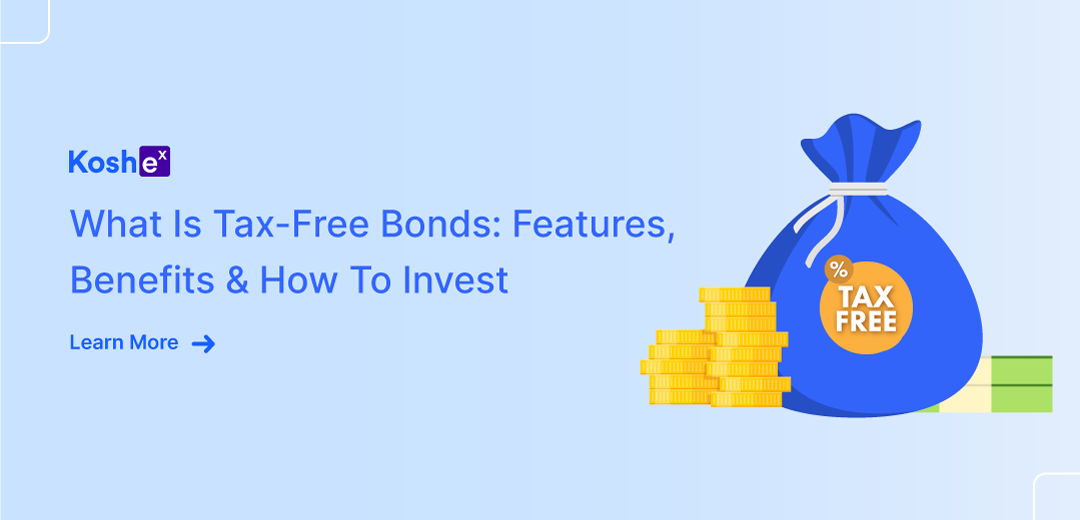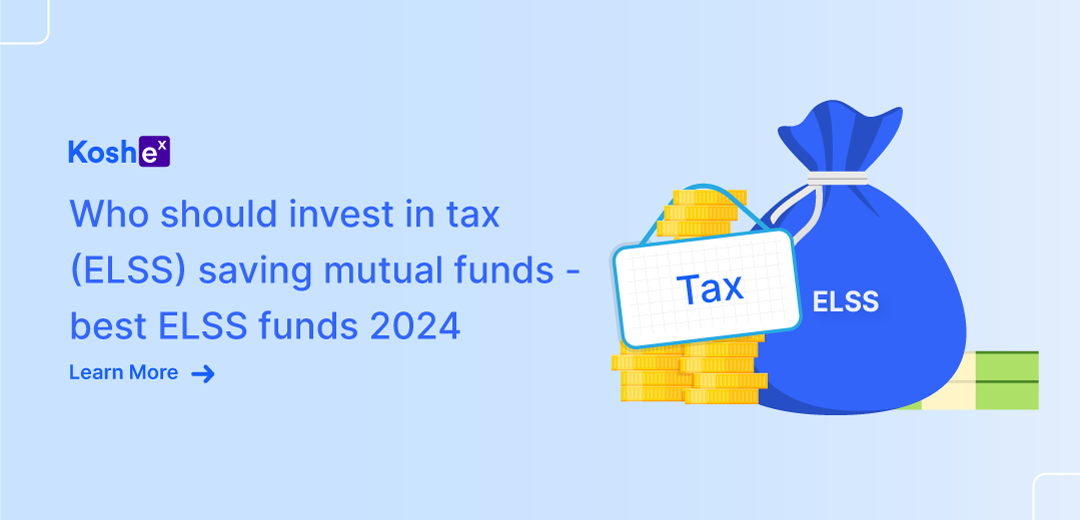Tax-free bonds are a popular investment instrument in India that offer attractive interest rates while providing tax exemptions on the interest earned.
In this article, we will delve into the features and benefits of tax-free bonds and guide you on how to invest in them. By understanding the intricacies of tax-free bonds, you can optimize your investment portfolio and work towards achieving financial independence.
Tax-Free Government Bonds: A Pathway to Financial Growth
What are Tax-Free Bonds?
Tax-free bonds are debt instruments issued by government entities or government-backed institutions. These bonds have a fixed tenure and provide regular interest payments to investors. The key feature that sets tax-free bonds apart from other taxable debt instruments is their exemption from income tax on the interest earned.
Advantages of Investing in Tax-Free Bonds
1. Tax Exemption: The primary advantage of investing in tax-free bonds is the tax benefit they offer. The interest earned from these bonds is completely exempt from income tax, providing investors with higher post-tax returns compared to other taxable investments.
2. Stable Returns: Tax-free bonds typically offer fixed interest rates throughout their tenure, ensuring stable returns for investors. This makes them an attractive option for risk-averse individuals who prioritize capital preservation.
3. Long-Term Investment: Tax-free bonds have longer tenures ranging from 10 to 20 years, making them suitable for long-term investment horizons. These investment vehicles provide an opportunity to lock in funds at higher interest rates over an extended period.
4. Regular Income: Investors receive periodic interest payments from tax-free bonds, which can serve as a consistent source of income. This feature is especially beneficial for retirees or individuals looking for a steady income stream.
How to Invest in Tax-Free Bonds
H3: Research and Understand the Bonds
Before investing in tax-free bonds, it is essential to conduct thorough research and understand the specific characteristics of each bond. Factors to consider include the issuing entity, credit rating, interest rate, and tenure.
Evaluate Your Financial Goals and Risk Tolerance
Assessing your financial goals and risk tolerance is crucial for making informed investment decisions. Determine how tax-free bonds align with your long-term objectives and whether you are comfortable with the associated risks.
One potential risk is credit risk, meaning the issuer might default on their obligation to repay the bond. Although this is unlikely with government-backed bonds, it’s a possibility for some municipal bonds. Another risk to consider is interest rate risk. Bond prices fluctuate inversely with interest rates, so if rates rise significantly, existing bonds may experience a decline in value. Finally, inflation risk can also be a concern. Since tax-free bonds offer fixed returns, inflation can erode their purchasing power over time.
Applying for Tax-Free Bonds
To apply for tax-free bonds, follow these steps:
1. Check Issue Dates: Monitor announcements from government entities regarding upcoming issuances of tax-free bonds. These bonds are typically issued through public issues on stock exchanges or through private placements.
2. Open a Demat Account: If you don’t have one already, open a dematerialized (Demat) account with a registered depository participant (DP). A Demat account facilitates electronic trading and holding of securities, including tax-free bonds.
3. Submit Application: Once the issue opens, submit your application form either online or through physical means as specified by the issuing authority. Ensure that you provide accurate details and complete all necessary documentation.
4. Make Payment: Pay for the allotted bonds either through net banking, demand draft, or other specified modes of payment within the stipulated time frame mentioned in the application form.
5. Receive Allotment and Interest Payments: If your application is successful, you will receive an allotment confirmation specifying the number of bonds allotted to you. Additionally, you will start receiving regular interest payments as per the bond’s terms.
Trading on secondary markets: Once the initial subscription period closes, investors can buy and sell tax-free bonds on stock exchanges like BSE and NSE. This requires a Demat account and the assistance of a broker. On the other hand, investing in mutual funds that specialize in tax-free bonds offers a more hands-off approach. These funds are actively managed by professionals who research and select suitable bonds, offering diversification and convenience.
Redeeming Tax-Free Bonds: Process and Tax Implications
Redeeming tax-free bonds at maturity is a straightforward process. Typically, you will need to submit a redemption request to your broker or the issuer’s registrar. They will process your request and credit your account with the principal amount and any accrued interest.
However, the tax implications depend on how long you held the bonds:
1. Held for less than one year: The capital gains on redemption will be taxed as per your income tax slab (potentially exceeding 35% for high-net-worth individuals).
2. Held for one year or more: The capital gains will be subject to Long-Term Capital Gains (LTCG) tax of 10% without any indexation benefit.
Redeeming tax-free bonds is a straightforward process that can be initiated upon the completion of the bond’s tenure, which typically ranges from 10 to 20 years
Here are the general steps involved in the redemption process:
- Completion of Tenure: You can redeem tax-free bonds after the specified lock-in period, which is usually 10 to 20 years. It’s important to ensure that you do not need the invested money before the maturity date.
- Submission of Bonds: To initiate the redemption, you need to submit the bonds along with the appropriate evidence and applicable forms for processing.
- Payment: Upon submission, the bonds will be processed for payment. If the bonds cannot be cashed at a local bank, they can be submitted for payment, and the redemption amount will be paid in the following month. No further interest will be paid after the redemption.
Tax-Free Bonds vs. Other Investment Options
Comparing Tax-Free Bonds with Other Investment Options
While tax-free bonds offer numerous benefits, it’s important to compare them with the other investment options available. Here are a few points of comparison:
1. Risk-Return Profile: Tax-free bonds are considered safer investments compared to equity or mutual funds, making them suitable for risk-averse individuals. However, the returns may be relatively lower when compared to higher-risk investments.
2. Liquidity: Unlike bank fixed deposits, tax-free bonds have lower liquidity as they cannot be prematurely withdrawn before maturity. Investors must plan their investment horizon accordingly to avoid any liquidity constraints.
3. Interest Rate Risk: Tax-free bonds carry interest rate risk since their prices may vary inversely with changes in prevailing interest rates. Investors should carefully analyze prevailing market conditions before investing in these bonds.
4. Diversification: Including tax-free bonds in your investment portfolio provides diversification as they are fixed-income instruments that generate tax-free income. This can help balance the overall risk and return profile of your portfolio.
Conclusion
Tax-free bonds offer an excellent opportunity for Indian investors to grow their wealth while enjoying tax benefits. With stable returns and long-term investment potential, tax-free bonds can play a significant role in achieving financial goals and securing a steady income stream. By conducting thorough research, understanding your financial goals and risk tolerance, and following the application process diligently, you can invest successfully in tax-free bonds.
As you embark on your investment journey, remember that Koshex is here to support you every step of the way. Sign up with Koshex today to receive personalized insights and strategies tailored to your financial aspirations. Together, we can build a strong foundation for your financial future.
FAQs:
Q1: What makes tax-free bonds ‘tax-free’?
A1: Tax-free bonds offer income tax exemption on the interest earned from these investments. This means that the interest income is not subject to taxation, making tax-free bonds an attractive investment option for individuals looking to maximize their post-tax returns.
Q2: Can I sell tax-free bonds before maturity?
A2: Tax-free bonds typically have a lock-in period during which they cannot be sold or prematurely redeemed. However, some tax-free bonds may have provisions for trading on stock exchanges, providing investors with an exit option if required. It’s important to consider the liquidity and tenure of tax-free bonds before investing.









Leave a Comment